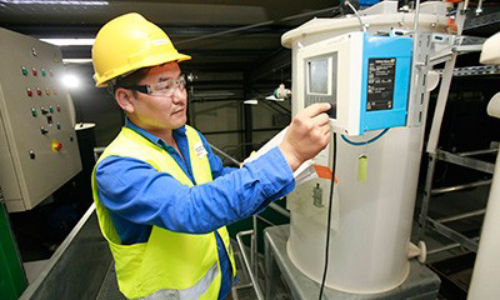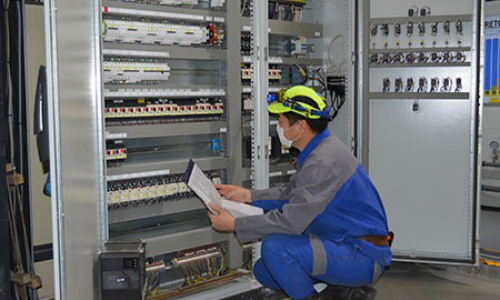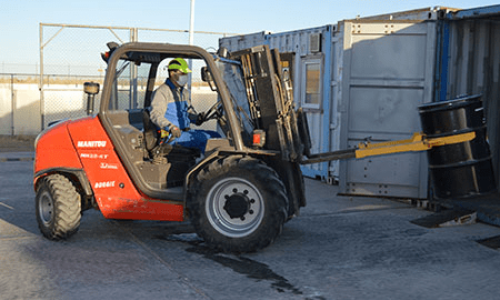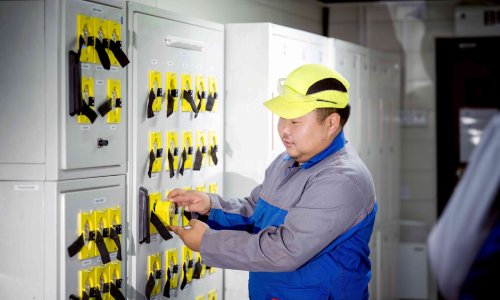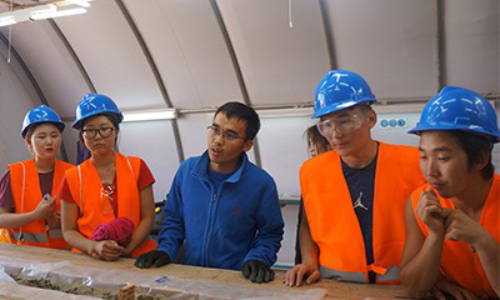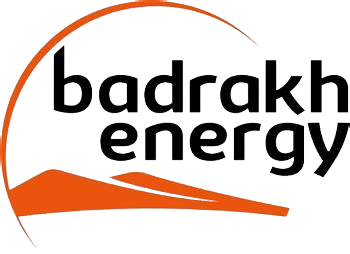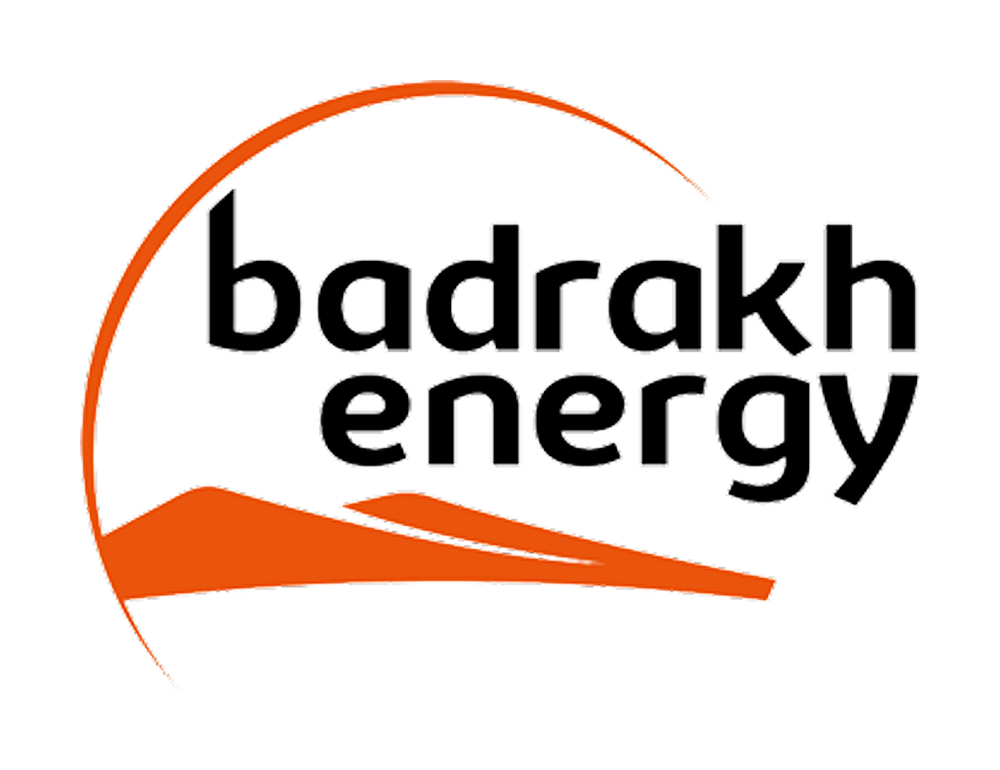ZUUVCH OVOO PROJECT
Since 1996, Orano Group’s exploration subsidiary company, Cogegobi, has been continuously carrying out geological reconnaissance and exploration work in the southeastern provinces of Mongolia: Dornogovi and Sukhbaatar. Major achievements of exploration include discovery of the Dulaan Uul deposit in 2002 and the world-class Zuuvch Ovoo deposit in 2010, which significantly increased Mongolia’s overall uranium resources. These works have been conducted in accordance with the Mineral Law adopted by the Parliament of Mongolia and international safety, security and environmental standards.
FROM EXPLORATION TO THE MINING DEVELOPMENT PHASE
1996-1997
Creation of Orano Group exploration subsidiary of Cogegobi LLC
2002
Discovery of Dulaan Uul deposit
2009
Discovery of Zuuvch Ovoo deposit
2011
Successful In Situ Recovery (ISR) test at Dulaan Uul site
2013
Registration of Zuuvch Ovoo resources, estimated at 54,640 metric tons
AREVA Mongol and Mon-Atom sign Shareholders’ Agreement for the governance of the joint venture, AREVA Mines
2015
Approval of Feasibility Study of Dulaan Uul and Zuuvch Ovoo uranium deposits
2016
Granting of 3 mining licenses for Dulaan Uul and Zuuvch Ovoo uranium deposits
2017
Mon-Atom receives a share in the capital of the joint venture
2018
AREVA MINES LLC becomes Badrakh Energy LLC
Commissioning of the Zuuvch Ovoo Pilot test facilities
2021-2022
Successful completion of the Zuuvch Ovoo pilot test
2023-2024
Update of the Detailed Environmental Impact Study and Feasibility Study. Negatiations of the Investment Agreement with the Government of Mongolia
2025-2028
Construction of facilities and infrastructure of the mining
2028
Start of industrial phase of Zuuvch Ovoo project
Zuuvch Ovoo pilot test (2021-2022)
Badrakh Energy successfully completed the pilot test for uranium extraction and processing from the Zuuvch Ovoo deposit from July 2021 to December 2022.
OBJECTIVES OF THE PILOT TEST
The pilot installation was set up to determine the mining method best suited to the deposit. On-site testing is also part of the legal requirement in Mongolia. The objectives of the Zuuvch Ovoo pilot test consisted of:
– Providing data for the update of the feasibility study and confirming technical and economic parameters
– Confirming the expected very low environmental impact of the ISR mining method
– Involving the local communities in the monitoring of the test, thus contributing to the social acceptance of the project
Zuuvch Ovoo pilot plant operated during the 18 months of test without any safety or environmental incidents.
All technical aspects (eg. uranium recovery rate, reagent consumption, concentrate purity) of uranium recovery and processing have been tested. Badrakh Energy has successfully produced about 10 tons of natural uranium.The pilot plant teams, mainly consisting of local recruits from the surrounding communities, have successfully demonstrated their ability to safely operate the ISR technology. Nearly 100% of the staff operating the pilot were Mongolian nationals (among 52 employees working on site, only two were foreign experts, and 50% of them were local youth).
Groundwater and aquifer in the Zuuvch Ovoo area
Advanced exploration began in 2011 for Zuuvch Ovoo. This involves detailed delineation of the mineralization in order to measure the quantity, grade, and geometry of the uranium ore bodies, as well as conducting hydro-geological studies and examining the geological environment.
Water is a vital natural resource. Understanding where it is and how it moves under the ground is essential in protecting this resource. By using geological maps and taking samples of underground and surface water for analysis, hydrogeologists are building a detailed picture of how water flows underground.
ENVIRONMENTAL ANALYSIS BEFORE, DURING AND AFTER ZUUVCH OVOO PILOT TEST
In 2021, the working group of the Academy of Sciences worked to determine the impact of in-situ leaching technology on the environment and the natural conditions, which were to be used in the pilot test by Badrakh Energy in Ulaanbadrakh soum in Dornogovi province.
The working group came to the Zuuvch Ovoo pilot test site to conduct a comprehensive survey. They took 62 soil samples from the project area, conducted a water survey covering 18 wells used by citizens and livestock and took plant samples from seven locations near the licensed area. Based on these studies, the working group made the following conclusions:
– No harmful bioactive metals were detected in an amount that would have a negative effect on human and animal health in the soil, plants, animal meat and milk samples of the planned mining area. The soil and ecological system of the area is not polluted.
– The content of fluoride, arsenic, and uranium in wells for drinking water for humans and animals is naturally high and does not meet the requirements of drinking water standards. Because the deep aquifers where the wells are located are separated from the uranium mining aquifers (from the aquifers containing uranium ore bodies-bd?) by impermeable clay layers, they do not affect drinking water quality and resources.
– Considering the form and location of uranium ore, the geological features of the mining area and the impact of mining on the environment, the most suitable option was to use ISR technology for Umnut, Dulaan Uul and Zuuvch Ovoo uranium deposits located in the Ulaanbadrakh soum of Dornogovi province.
After the completion of the pilot test, in 2023 and 2024 the working group of the Academy of Sciences came to the project site after the completion of the pilot test, conducted the same detailed study, and made a presentation to the local administration and citizens.
2
Pilot test mined uranium on 2 wellfields
30+
Over the 2 years of pilot test, more than 30 monitoring wells monitored the mining process and environmental impacts.
18 months
Pilot test covered all stages of producing a natural uranium product with a content of 75%
2
injection wells covering
2 208 m2
of area
Wells have depth of
150 – 200m
Mineralization thickness
150 – 200m
30
monitoring wells monitored the production process and environmental impact
10 tons
of uranium were extracted
environmental control and monitoring
Control and monitoring of Zuuvch Ovoo pilot test
The test parameters will be regularly checked automatically by a Control Command System, which will also perform hydraulic and chemical analyses. Uranium, iron, acid concentration, pH, salinity and other characteristics will be analyzed daily on site in a certified laboratory set up specifically to monitor the process.
The company subcontracted SGS laboratories during the pilot test. Within 18-month of pilot test, a total of 15 tests were performed on an average of 40 samples per day.
Frequency of chemical tests performed during the pilot test:
| Operation date | 2020 | 2021 | 2022.12.31 |
| Total sample numbers | 746 | 10251 | 16063 |
| Total test numbers | 1430 | 21540 | 31436 |
34 monitoring wells or piezometers are installed both around and inside the well field areas and above and below the deposit to measure the hydrodynamics and quality of the groundwater.
A systematic water sampling program will be conducted before, during and after the test to assess any impact the process may have had on the environment and particularly on groundwater quality.
All the environmental impact results of the ISR test were sent to the relevant Mongolian administrative bodies, along with the post-test environmental impact assessment.
ECONOMIC BENEFITS OF THE ZUUVCH OVOO PROJECT
- Zuuvch Ovoo project is a large investment project for Mongolia and it creates a new mining industry.
- The project will be fully financed by Orano group and the majority of the benefits of the project will come to Mongolian State without any risk attached to financing or operation management.
- More than 2 billion USD will be paid as tax income during the project at national and local level.
- It will generate significant purchase and business opportunities in Mongolia at national and local level.
- in the project will contribute to the development of local infrastructure.
- 1600 direct & indirect jobs will be created once mining phase starts, with the development of a highly skilled workforce & numerous training programs.
PRESENT BENEFITS OF THE ZUUVCH OVOO PROJECT
97%
97% of all supplies are from Mongolian registered corporate entities
1 billion MNT
1,053,000,000 MNT license fee per year
9,2 billion MNT
Local contribution since 2006: total of 9,2 billion MNT
